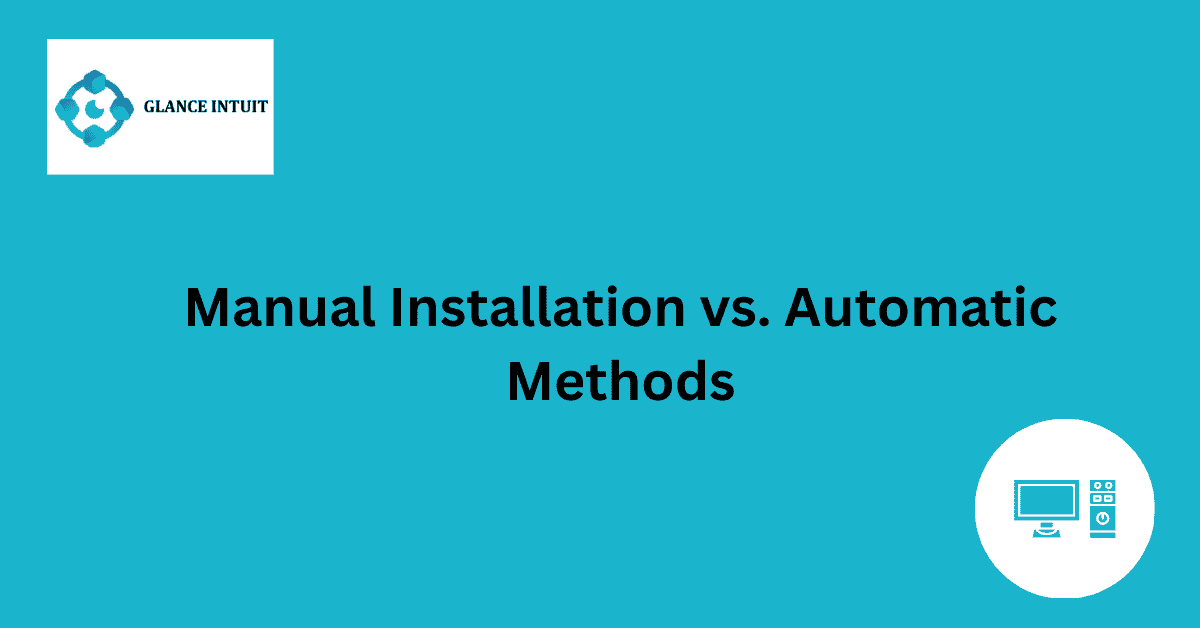Manual Installation vs. Automatic Methods
When it comes to choosing between manual installation and automatic methods, it’s essential to understand the key differences. Manual installation involves hands-on, step-by-step installation processes, giving users full control over the setup. On the other hand, automatic methods streamline the installation process by executing tasks automatically, saving time and effort.
While manual installation allows for a more customized setup tailored to specific needs, automatic methods offer convenience and efficiency. Each method has its advantages and drawbacks, depending on the complexity of the task at hand. It’s crucial to weigh the pros and cons of both approaches to determine the most suitable method for your requirements.
Key Differences between Manual and Automatic
Manual installation involves users downloading the software, following step-by-step instructions, and configuring settings manually. On the other hand, automatic methods streamline the installation process by handling all tasks automatically, from downloading to configuration.
Advantages of Manual Installation
One of the main advantages of manual installation is the level of control it offers to users. By following each step carefully, users can customize settings according to their preferences and ensure that the installation process meets their specific requirements.
Drawbacks of Manual Installation
However, manual installation can be time-consuming and complex, especially for users with limited technical expertise. Users may encounter errors or compatibility issues that require troubleshooting, which can be frustrating for those looking for a quick and hassle-free installation process.
Advantages of Automatic Methods
Automatic methods, on the other hand, are designed to simplify the installation process and minimize user intervention. By automating tasks such as downloading and configuration, users can save time and effort, making it an ideal choice for those looking for convenience.
Drawbacks of Automatic Methods
Despite their convenience, automatic methods may not offer the same level of customization as manual installation. Users may have limited control over settings and configurations, which can be a drawback for those who prefer a more personalized installation process.
Customization vs. Convenience
Ultimately, the choice between manual installation and automatic methods boils down to a trade-off between customization and convenience. Users who value control and flexibility may prefer manual installation, while those prioritizing ease of use and efficiency may opt for automatic methods.
Choosing the Right Method for Your Needs
Before deciding on a method of installation, users should consider their technical expertise, time constraints, and specific requirements. By weighing the advantages and drawbacks of manual installation and automatic methods, users can choose the approach that best aligns with their needs and preferences.
Frequently Asked Questions
Our goal is to provide answers to common queries. Here, you will find detailed explanations to help enhance your overall experience.
What is the difference between Manual Installation and Automatic Methods?
Manual installation involves users installing software or programs on their own, following step-by-step instructions. This method gives users more control over the process and allows for customization. On the other hand, automatic methods involve software or programs installing themselves without user intervention. This method is quicker and more convenient but may not offer as much flexibility as manual installation.
Which installation method should I choose?
The choice between manual installation and automatic methods depends on your preferences and technical expertise. If you prefer more control and customization, manual installation may be the better option. However, if you value convenience and speed, automatic methods may be more suitable for you.
Are there any risks associated with manual installation?
Manual installation can be riskier than automatic methods if users are not familiar with the process. Mistakes during manual installation can lead to errors, system instability, or security vulnerabilities. It is important to follow instructions carefully and ensure compatibility with your system.
What are the advantages of automatic methods?
Automatic methods save time and effort by handling the installation process for users. They are often more user-friendly and require minimal technical knowledge. Automatic methods also reduce the chances of errors or compatibility issues, making them a popular choice for many users.
Can I switch between manual installation and automatic methods?
Yes, in most cases, users can choose between manual installation and automatic methods based on their preferences or needs. Some software may offer both options, allowing users to switch between them depending on the situation. It is essential to follow instructions carefully to ensure a successful installation.
How do I know which installation method is right for me?
To determine the best installation method for you, consider your technical skills, time constraints, and preferences. If you are comfortable with technical tasks and want more control over the process, manual installation may be suitable. However, if you prefer a quick and hassle-free experience, automatic methods may be the better choice.







